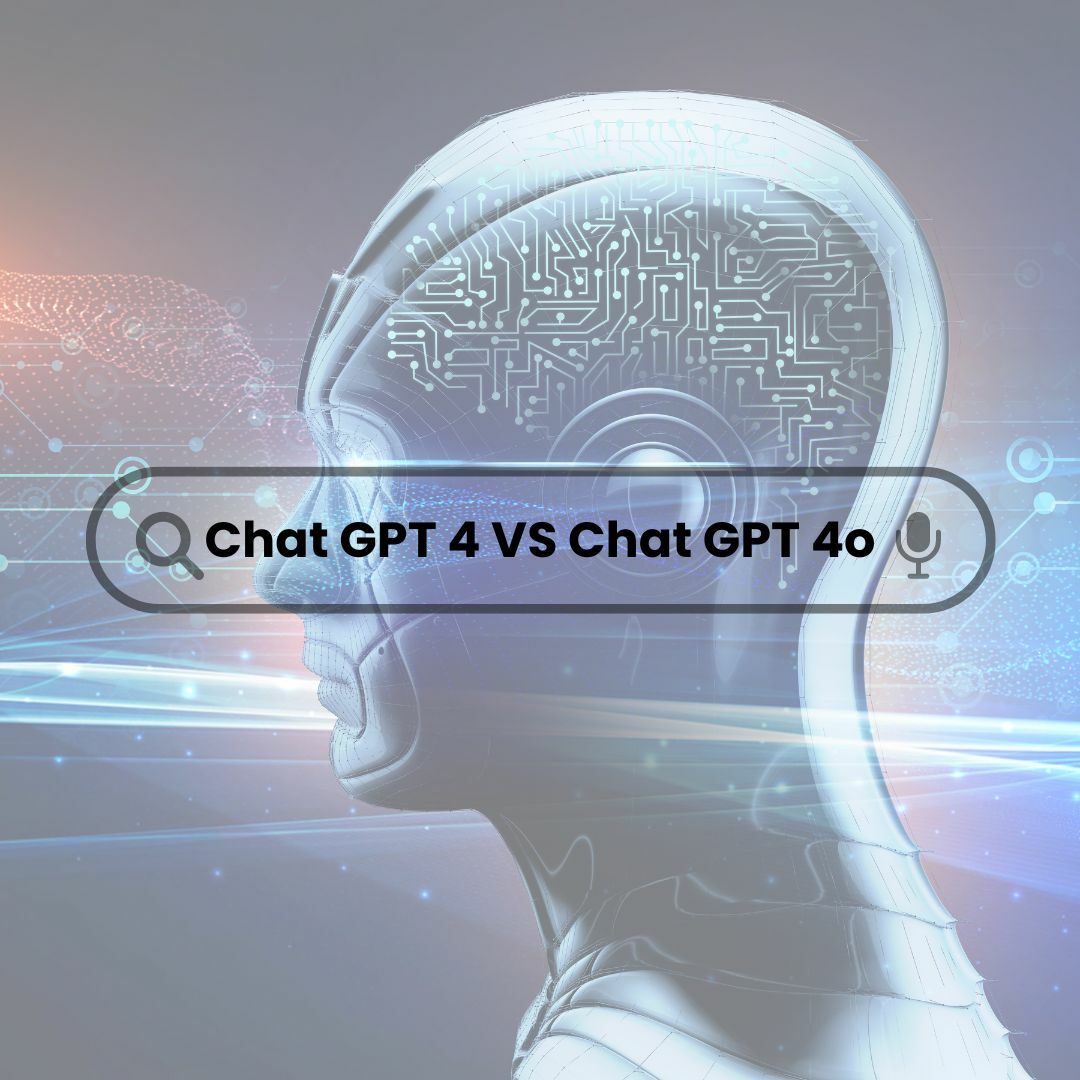The difference between ChatGPT-4 and ChatGPT-4o

Ever wondered what sets ChatGPT-4 apart from its newer sibling, ChatGPT-4o? As technology evolves at lightning speed, keeping up with the latest updates is crucial, especially for Gen Z, who thrive on cutting-edge advancements. ChatGPT-4o promises improved speed and responsiveness, making interactions more seamless. It also boasts enhanced capabilities in analysing video content and better accuracy in understanding audio and images.
However, it’s not all smooth sailing. Users have reported that ChatGPT-4o sometimes struggles with following instructions consistently, an issue that was also present in ChatGPT-4. Despite these hiccups, the potential for more intuitive voice and video responses makes ChatGPT-4o an exciting development. Let’s dive deeper into the key differences and see how these updates can impact your digital experience.
Overview of GPT-4 and GPT-4o
GPT-4 builds on the capabilities of its predecessors with improvements in natural language understanding and generation. It’s known for producing coherent, contextually relevant responses. However, it’s not without limitations. Users frequently observe occasional lapses in maintaining instruction-following consistency, which can impact performance in specific applications.
GPT-4o represents an evolution of GPT-4, with notable enhancements in speed and responsiveness. These upgrades make it more suitable for real-time applications and complex data extraction tasks. Although GPT-4o improves certain functionalities like video, audio, and image content analysis, it struggles with pattern recognition and spatial reasoning. The model’s precision in classifying customer tickets outperforms GPT-4 and its contemporaries, rendering it a preferred choice for customer service operations.
In reasoning tasks, GPT-4o shows remarkable progress. It excels at calendar calculations, time and angle calculations, and antonym identification. Nonetheless, its performance in word manipulation and analogy reasoning remains less reliable. Despite these limitations, the advanced capabilities of GPT-4o, especially in speed and data accuracy, mark a significant technological stride. These improvements could revolutionise how businesses handle data-intensive processes.
Key enhancements in GPT-4o

Speed and performance improvements
GPT-4o excels in speed and responsiveness. Compared to GPT-4, it delivers faster analysis and response times. This improvement is crucial for real-time applications. Users notice reduced latency, making interactions smoother. Precision in customer ticket classification also benefits from this enhancement. Faster processing aids in quicker data extraction and decision-making, difficult for business efficiency.
Multimodal capabilities
GPT-4o introduces enhanced multimodal capabilities. It can now analyse and generate content across various media formats. Examples include text, images, audio, and video content. This expansion allows richer user interactions. Although GPT-4 also handles multiple formats, GPT-4o does so with improved accuracy. Enhancements in voice and video responses make it more versatile. This broadens the scope of applications, from customer support to creative endeavours.
Enhanced contextual understanding
GPT-4o offers superior contextual understanding. It accurately interprets and maintains context over extended interactions. Improvements are evident in complex reasoning tasks. Examples include calendar calculations and angle evaluations. Better context retention helps in generating coherent, relevant responses. This enhancement makes GPT-4o more reliable for detailed, lengthy conversations. Enhanced context awareness optimises user experience, crucial for applications demanding sustained engagement.
Comparative analysis: GPT-4 vs. GPT-4o

Response accuracy and complexity
GPT-4 excels in natural language understanding and generating nuanced responses. It offers advanced capabilities in context management but sometimes falters in following complex instructions with complete consistency. Conversely, GPT-4o improves on these aspects. It maintains high response accuracy while processing multifaceted tasks more efficiently. Performance measurements indicate GPT-4o surpasses GPT-4 in tasks requiring complex data extraction, such as customer service ticket classification.
Handling of real-time data
GPT-4o stands out in handling real-time data. Its improved speed and responsiveness make it a better fit for dynamic contexts. While GPT-4 manages extensive datasets well, it struggles with fast-changing information. For instance, GPT-4o can process updates in real-time, proving highly effective in applications demanding quick adjustments. This enhancement means GPT-4o offers more timely and relevant responses, benefiting industries relying on up-to-date information.
Modality and interaction differences
GPT-4 supports primarily text-based interactions with some capability in handling images and limited audio inputs. GPT-4o, however, shows superior multimodal capabilities. It analyses and generates content across various media formats, including text, audio, and video, with improved accuracy. This makes GPT-4o more versatile, allowing for better voice and video responses. Enhanced multimodal interaction ensures GPT-4o can support a broader range of applications, from customer service to content creation.
| Feature | GPT-4 | GPT-4o |
|---|---|---|
| Response Accuracy | High | Higher |
| Real-time Data Handling | Adequate | Superior |
| Modality Interaction | Limited | Advanced |
| Context Management | Strong | Enhanced |
| Performance Speed | Moderate | Faster |
These distinctions make GPT-4o a compelling choice for systems that demand speed, versatility, and real-time processing.
Practical applications and implications
ChatGPT-4o’s advancements in speed and responsiveness make it a strong contender for real-time applications. Its ability to handle dynamic contexts and provide timely responses is ideal for customer service and data extraction tasks. Businesses looking to streamline data-intensive processes could benefit from GPT-4o’s enhanced accuracy and efficiency.
Though GPT-4 excels in natural language understanding and nuanced responses it falls short in real-time data handling compared to GPT-4o. The latter’s superior multimodal capabilities make it versatile for applications requiring voice and video responses.
GPT-4o’s strengths in real-time processing and multimodal interaction position it as a valuable asset for industries needing quick and accurate data analysis. While GPT-4 remains a robust option for tasks requiring deep language understanding GPT-4o‘s improvements offer a compelling choice for businesses aiming to leverage advanced AI capabilities.
Latest Thailand News
Follow The Thaiger on Google News:


























